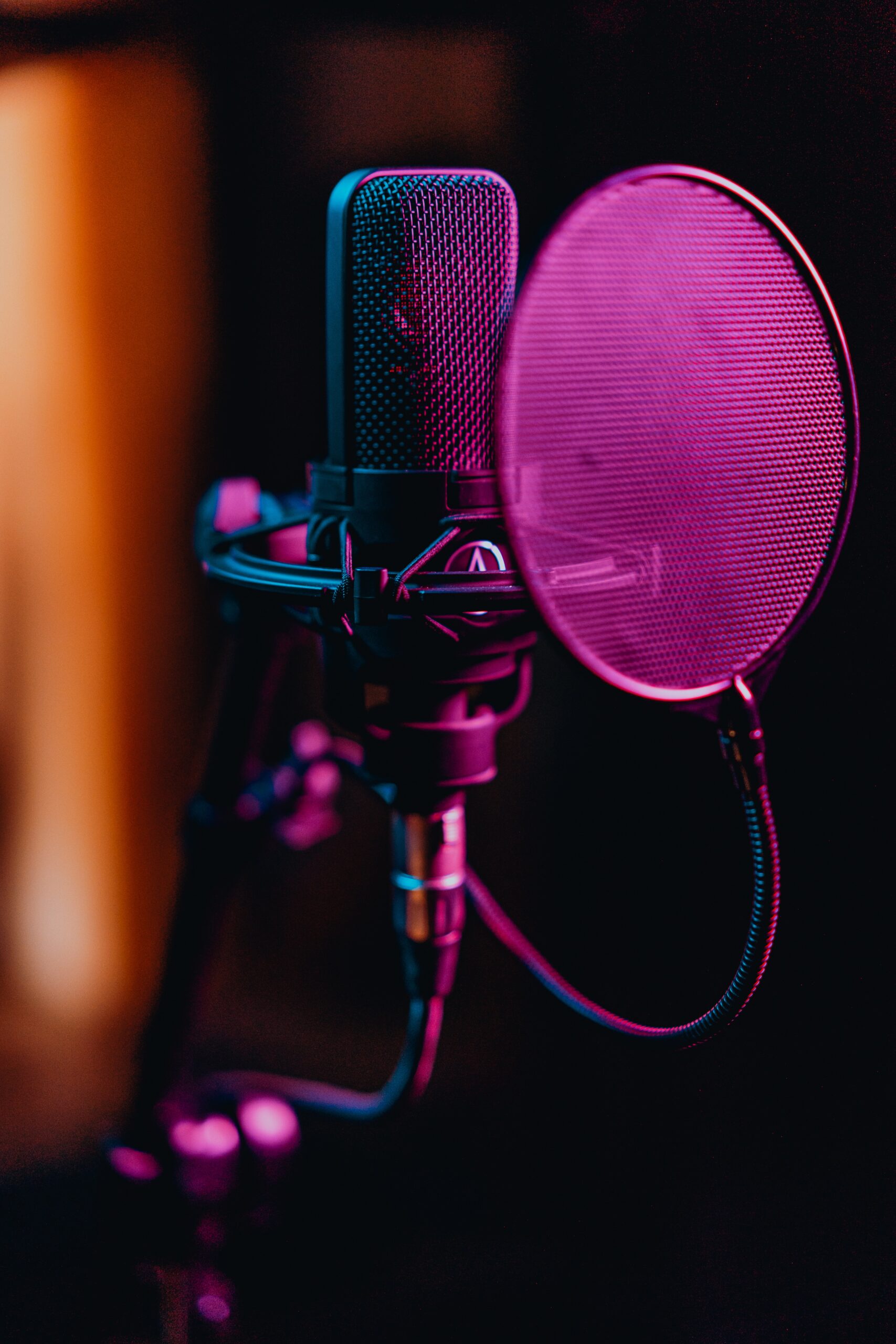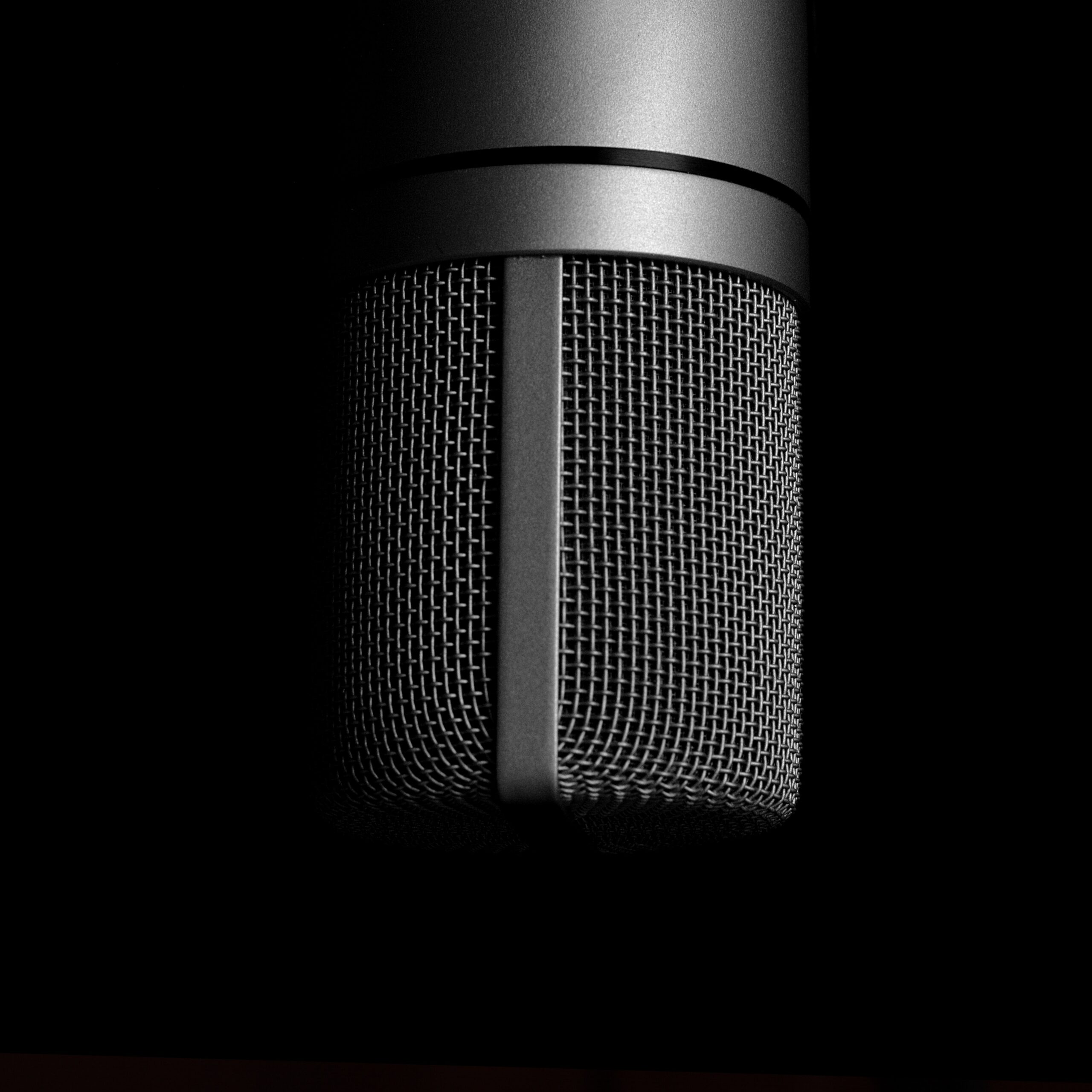Best Podcast Microphones in 2023
These Are The Best Podcast Microphones You Should Consider For Your Podcast
Podcasting has taken the world by storm in the past few years, and it continues to grow at an astounding rate making choosing the right podcasting microphone crucial. Whether you are a seasoned podcaster or just getting started, one of the most important investments you can make is in a quality podcast microphone. But with so many options on the market, how do you know which one is right for you? In this guide, we will break down the main aspects of what makes a good microphone for podcasting and explore some of the best options available in 2023.
Looking for a podcast service to transcribe your podcasts? Visit us here.
Why Using the Right Microphone is Important for Podcasts
The microphone is the most critical piece of equipment in podcasting. It is what captures your voice and turns it into audio that your listeners can hear. Therefore, it is essential to choose the right podcast microphone that fits your needs and budget. A good microphone can make all the difference in the sound quality of your podcast. A bad microphone can make your audio sound muffled or tinny, which can be frustrating for your listeners and may cause them to tune out.
Main Aspects of What Makes a Good Microphone for Podcasting
When it comes to choosing a podcast microphone, there are a few things to keep in mind. Here are the main aspects that make a good microphone for podcasting:
Sound Quality
Sound quality is the most crucial aspect of a podcast microphone. A microphone that captures clear, natural sound is essential for producing a high-quality podcast. Look for a microphone that can capture the full range of your voice without adding any distortion, hiss, or noise.
Directionality
Directionality refers to the microphone’s ability to pick up sound from a specific direction. There are three main types of microphone directionality: omnidirectional, cardioid, and bi-directional. Omnidirectional microphones capture sound from all directions, while cardioid microphones capture sound from the front and reject sound from the sides and rear. Bi-directional microphones capture sound from the front and rear and reject sound from the sides. For podcasting, a cardioid microphone is generally the best choice, as it minimizes background noise and captures clear, focused sound.
Frequency Response
Frequency response refers to the range of frequencies that a microphone can capture. A good podcast microphone should have a flat frequency response, which means it can capture a wide range of frequencies without exaggerating any particular range. A flat frequency response ensures that your voice sounds natural and clear, without any unwanted peaks or dips in the audio.
Sensitivity
Sensitivity refers to the microphone’s ability to pick up sound. A more sensitive microphone can capture quieter sounds, while a less sensitive microphone will require you to speak louder. While sensitivity is essential, you should also look for a microphone that has a low self-noise level. Self-noise is the hiss or background noise that the microphone generates, and a microphone with low self-noise will produce a cleaner audio signal.
Connectivity
Finally, you should consider the microphone’s connectivity options. Some microphones require an audio interface or mixer to connect to your computer, while others can connect directly via USB. If you are just getting started with podcasting, a USB microphone may be the easiest option as it doesn’t require any additional equipment.

Top 5 Podcast Microphones for 2023
Now that you know what to look for in a podcast microphone, let’s take a look at some of the best options available in 2023.
Shure SM7B
The Shure SM7B is a classic microphone that has been used in professional studios for decades. It is a dynamic microphone with a cardioid polar pattern, making it perfect for podcasting. The SM7B has a flat frequency response and excellent sensitivity, which makes it ideal for capturing vocals. It also features a switchable bass roll-off and mid-range boost, which can help you tailor the sound to your specific needs. The SM7B requires an audio interface or mixer to connect to your computer, but its sound quality and durability make it an excellent investment for serious podcasters.
Rode PodMic
The Rode PodMic is a newer addition to the podcasting microphone market, but it has quickly become a fan favorite. It is a dynamic microphone with a cardioid polar pattern, designed specifically for podcasting. The PodMic has a rich, warm sound with a smooth frequency response and low self-noise. It also features an integrated shock mount and pop filter, which helps to reduce unwanted noise and plosives. The PodMic connects via XLR, so you will need an audio interface or mixer to use it, but its sound quality and affordability make it an excellent choice for beginner to intermediate podcasters.
Audio-Technica AT2035
The Audio-Technica AT2035 is a condenser microphone with a cardioid polar pattern. It has a large diaphragm and a flat frequency response, which produces a clear and natural sound. The AT2035 has a switchable low-cut filter and -10dB pad, which makes it versatile for a range of recording situations. It also has a high SPL handling, which means it can handle loud sounds without distortion. The AT2035 connects via XLR, so you will need an audio interface or mixer to use it, but its sound quality and affordability make it an excellent choice for podcasters on a budget.
Blue Yeti X
The Blue Yeti X is a USB microphone that has become a popular choice for podcasters due to its ease of use and sound quality. It is a condenser microphone with four polar patterns: cardioid, bidirectional, omnidirectional, and stereo. The Yeti X has a flat frequency response and excellent sensitivity, which makes it ideal for capturing vocals. It also features a built-in headphone jack, volume control, and mute button, which makes it easy to monitor your recording and adjust levels on the fly. The Blue Yeti X is a plug-and-play microphone, which means you can connect it directly to your computer without the need for an audio interface or mixer.
Sennheiser MK 4
The Sennheiser MK 4 is a condenser microphone with a cardioid polar pattern. It has a large diaphragm and a flat frequency response, which produces a clear and natural sound. The MK 4 has a low self-noise and high SPL handling, which makes it ideal for recording vocals and instruments. It also has a rugged metal housing and comes with a shock mount, which helps to reduce unwanted noise and vibration. The MK 4 connects via XLR, so you will need an audio interface or mixer to use it, but its sound quality and durability make it an excellent investment for serious podcasters.

Choosing the right podcast microphone is essential for producing high-quality audio for your listeners. When looking for a podcast microphone, consider the sound quality, directionality, frequency response, sensitivity, and connectivity options. The top five microphones for podcasting in 2023 are the Shure SM7B, Rode PodMic, Audio-Technica AT2035, Blue Yeti X, and Sennheiser MK 4. Each of these microphones has its own unique features and benefits, but they all produce excellent sound quality and are ideal for podcasting. Whether you are a beginner or a seasoned podcaster, investing in a quality podcast microphone is a must-have for producing a successful podcast.
Here is a summary of the top five podcast microphones in 2023 along with their website links:
1. Shure SM7B – https://www.shure.com/en-US/products/microphones/sm7b
2. Rode PodMic – https://www.rode.com/microphones/podmic
3. Audio-Technica AT2035 – https://www.audio-technica.com/en-us/at2035
4. Blue Yeti X – https://www.bluedesigns.com/products/yeti-x
5. Sennheiser MK 4 – https://en-us.sennheiser.com/studio-condenser-microphone-recording-mk4
As discussed, these microphones are all excellent options for podcasters and offer different features and benefits depending on your specific needs and budget. It’s important to consider the sound quality, directionality, frequency response, sensitivity, and connectivity options when choosing a microphone for your podcast.
Additional Services
About Captioning
Perfectly synched 99%+ accurate closed captions for broadcast-quality video.
Machine Transcription Polishing
For users of machine transcription that require polished machine transcripts.
